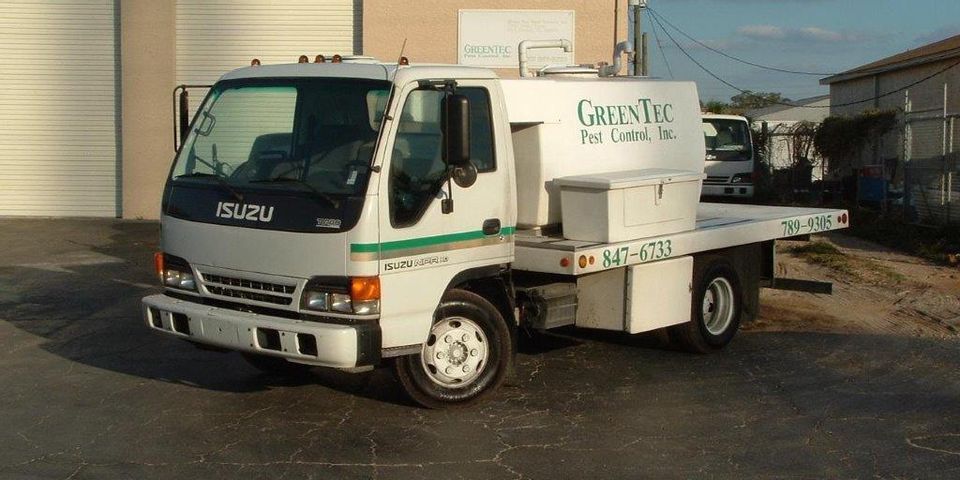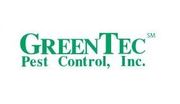Are you dealing with Ants and if you are what kind?

Acrobat ant
Acrobat ants are black, 3 mm long, and hold their abdomens over their heads when disturbed. They usually nest outdoors in dead wood, tree holes and firewood, but can nest in wall voids and insulation. They crawl into buildings around windows and electric cables. Workers are monomorphic (one form). Colonies are polygyne (many queens).
Argentine ant
It is usually dark-brown. It is 2 mm to 3 mm long. It usually nests in exposed or covered soil under logs, debris, firewood and mulch. The ants forage in trails of many workers along sidewalks and foundations, and into buildings, where they forage for food. It has one node on the petiole. Workers are monomorphic and colonies are polygyne.
Bigheaded ant
Workers are either major or minor workers; major workers have very large heads. They nest in the soil under logs, mulch, firewood and next to the foundation of buildings. They often trail along sidewalks and the sides of buildings. They often forage indoors for food and water. The ant is yellowish-brown and is 2 mm to 3 mm long. There are two nodes on the petiole, and colonies are polygyne.
Crazy ant
It is black and is 3 mm long. It has long legs, and workers move erratically. Colonies are usually found in both moist and dry environments. Outdoors, nests are often in wood, tree holes and in mulch. Indoors, nests are often in wall voids and under stored items. The ant has one node on the petiole. Workers are monomorphic, and colonies are polygyne.
Florida carpenter ant
It is a large ant, 5 mm to 10 mm long, with a yellowish-red thorax and black abdomen. It nests in mulch, logs and in wall voids of houses. It can hollow out wood in order to make its nest, depositing wood pieces nearby. The ant has one node on the petiole. Workers are polymorphic (many sizes), and colonies are monogyne (one queen).
Ghost ant
This ant is 1 mm long with a black head and thorax, and clear abdomen and legs. It usually nests outdoors and forages indoors. The ant has a musty odor when squashed. It has a high need for moisture and is often seen in kitchens and bathrooms. The petiole has one node and is hidden by the abdomen. Workers are monomorphic and colonies are polygyne.
Imported fire ant
It is reddish-brown and 3 mm to 6 mm long. Fire ants build large mounds in open, sunny areas and can forage indoors. Workers can sting, commonly causing a white pustule to form. The ant has two nodes on the petiole. Workers are polymorphic, and colonies are usually monogyne but sometimes polygyne.
Little fire ant
It is golden-brown and is 1 mm to 2 mm long. It nests in soil under logs and debris. It can inflict a painful sting. It has two nodes on the petiole. The head is covered with grooves. Workers are monomorphic and colonies are polygyne.
Native fire ant
It is reddish-brown to black and is 3 mm to 6 mm long. It builds irregular, crater-shaped mounds in sunny areas. Workers can sting, but no white pustule forms. They can inflict a painful sting when disturbed. The ant has two nodes on the petiole. Workers are polymorphic, and colonies are monogyne or polygyne.
Pharaoh ant
It is rust-colored and 2 mm long. It usually nests indoors (in wall voids, refrigerator insulation, books, etc.). The ant has two nodes on the petiole. Antennae are 12-segmented with a three-segmented club. Workers are monomorphic and colonies are polygyne.
White-footed ant
Is a relatively small (< 3 mm in length), black to brownish ant with yellowish tibia and tarsi (feet) and a one-segmented waist. It nests in many locations in the landscape and in the home, including under leaf litter, under loose bark, within stems, rotten trunks or limbs, in attics, under roof shingles, in wall voids, in cardboard boxes, in the petiole bases of palms, in compost piles, under rocks, along fence lines, and in outdoor furniture. A colony may be made up of a million individuals, nesting at several locations.
If you are having problems with any ants, roaches, or any other type of pest please call GreenTec Pest Control (727) 847-6733. We appreciate your business.
About the Business
Have a question? Ask the experts!
Send your question

